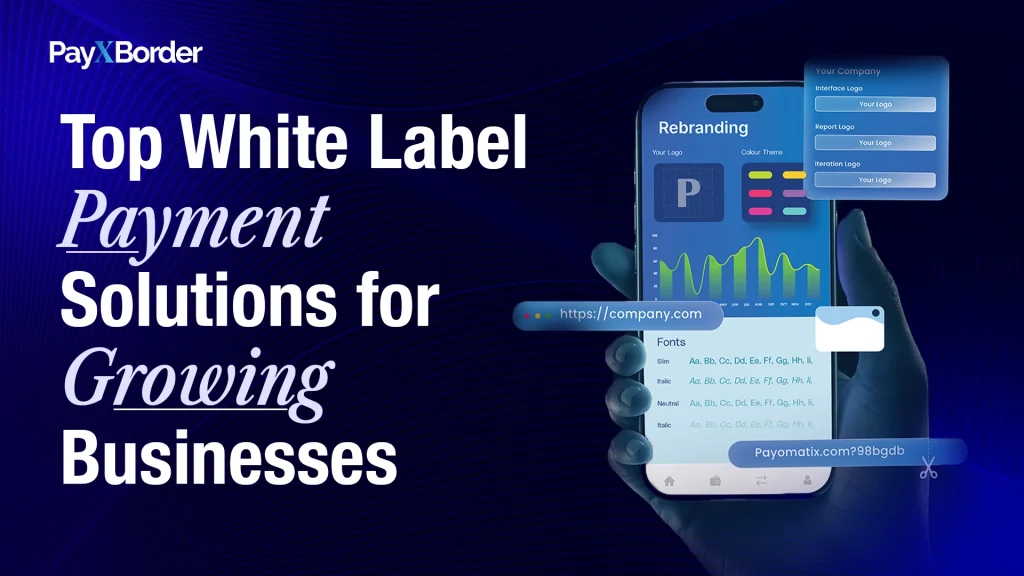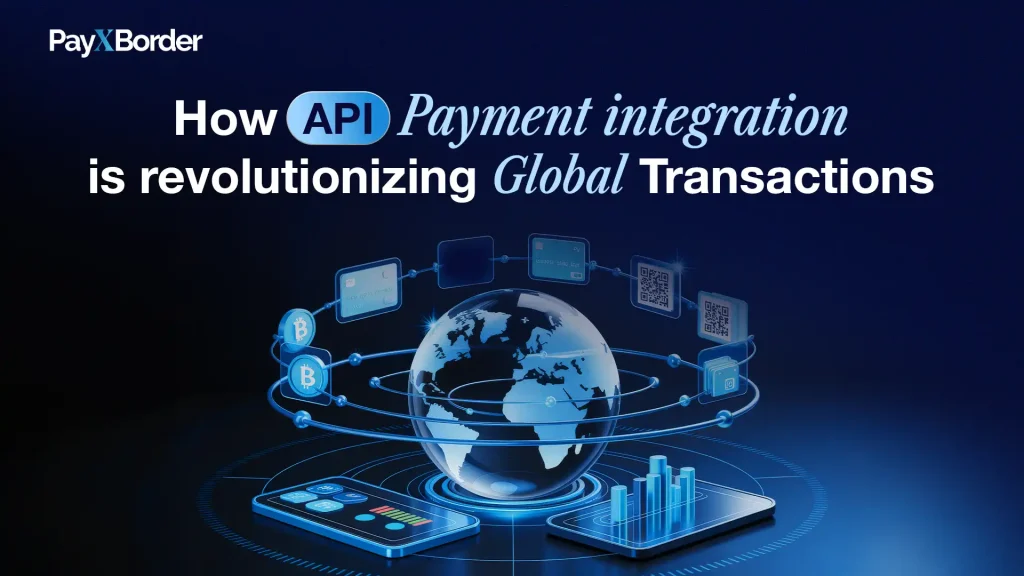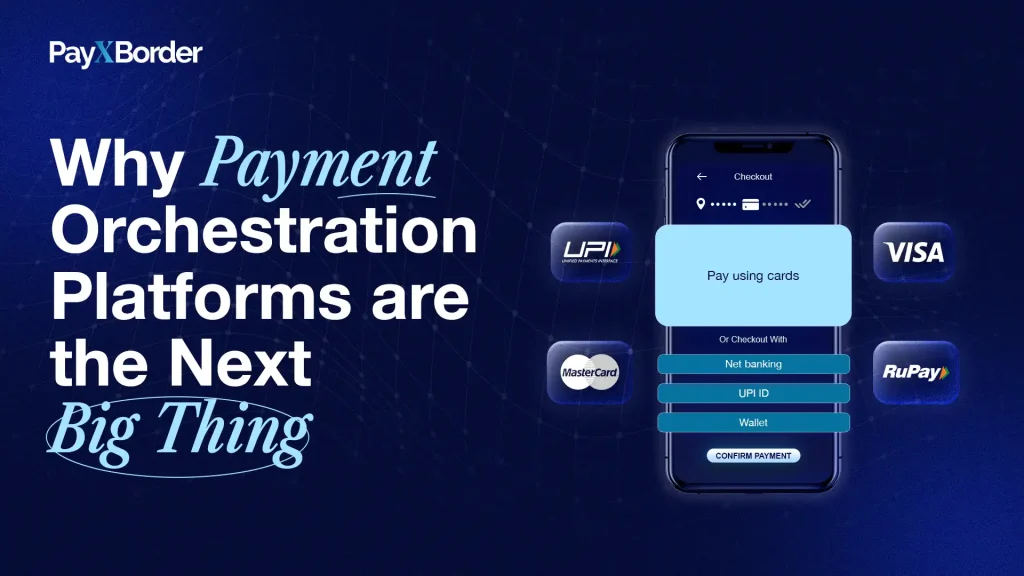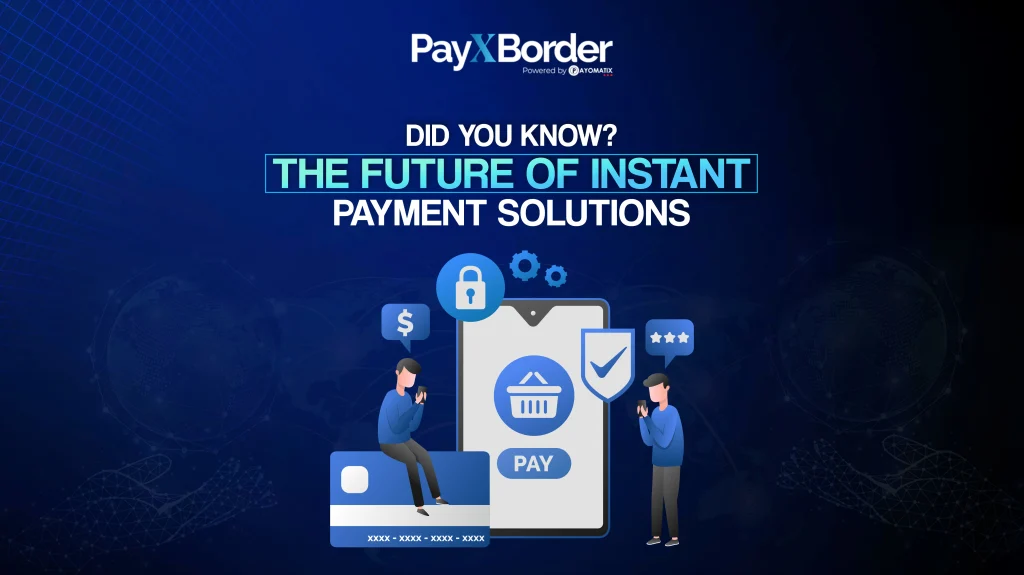© 2024 PayXborder by Payomatix. All rights reserved.
- Home
- Blogs
Your Trusted Partner for Cross Border Remittances
Expert Insights on Cross-Border Transactions, Global Remittances, and Secure Financial Solutions.
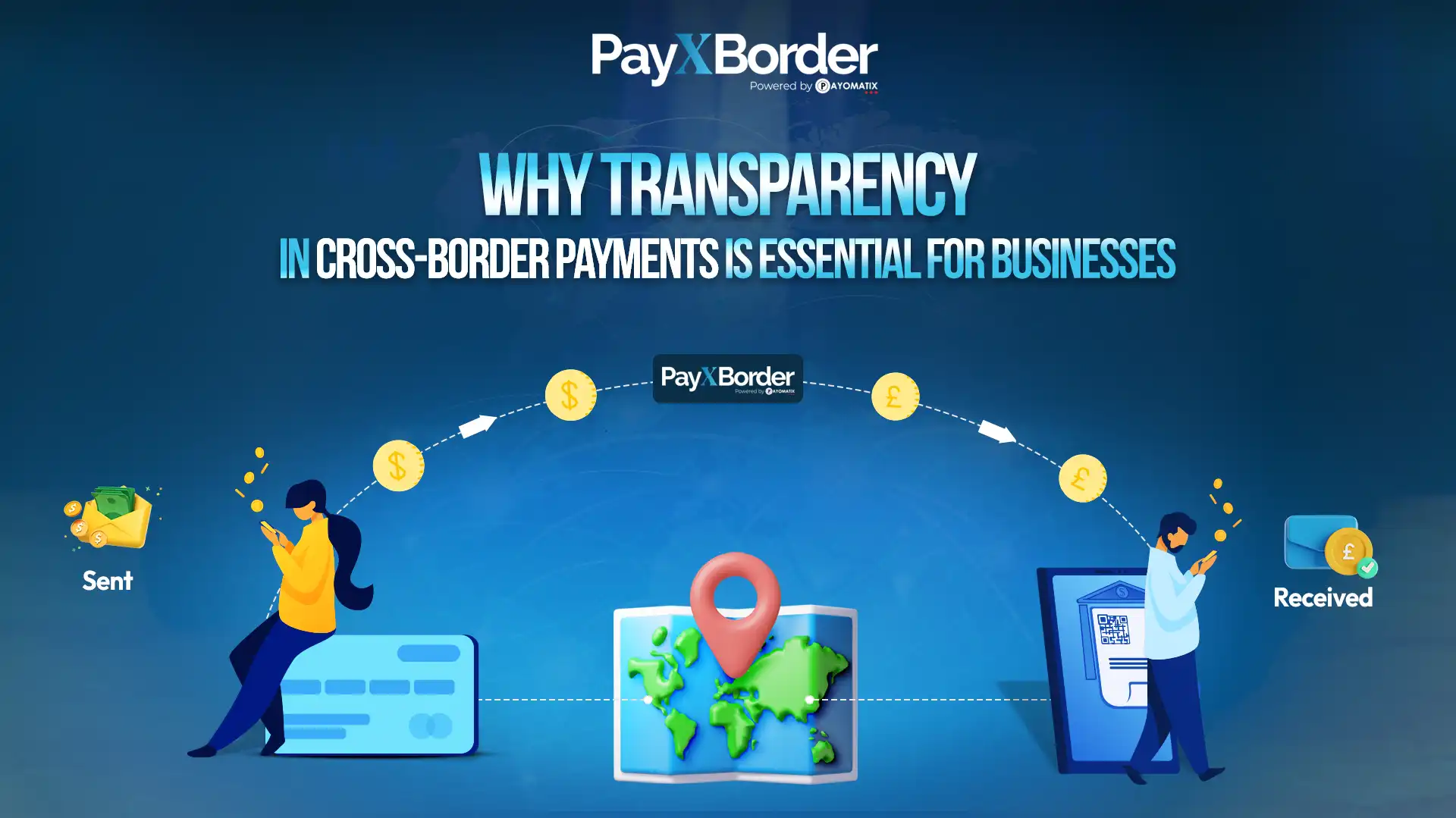
Why Transparency in
Cross-Border Payments Is Essential for Businesses
Why Transparency in Cross-Border Payments Is Essential for Businesses
In today’s interconnected global economy, cross-border payments are a crucial component for businesses engaged in international trade and commerce. Whether it’s importing raw materials, paying overseas suppliers, or handling international payrolls, businesses rely on seamless and reliable payment channels to keep their operations running smoothly. However, one of the most persistent challenges in the cross-border payment landscape is the lack of transparency. As the volume of global transactions continues to grow, transparency has become not only a desirable feature but a necessity. In this blog, we’ll explore why transparency in cross-border payments is essential for businesses, the challenges they face without it, and the benefits it can unlock in global trade.
The Growing Need for Cross-Border Payment Transparency
Cross-border payments, by their nature, involve multiple intermediaries, currencies, and regulations. This complexity often leads to opacity in the payment process, with businesses facing unclear fees, delayed transfers, and difficulties in tracking payments. In many cases, it is nearly impossible to pinpoint where a payment might be held up or to understand why fees differ from one transaction to the next.
For businesses, this lack of transparency can have a significant financial impact. Unexpected fees or exchange rate fluctuations can erode profit margins, while delayed payments can disrupt supply chains or strain relationships with international partners. Moreover, the lack of clear and consistent communication from payment providers creates a layer of uncertainty that can be detrimental to strategic decision-making.
Transparency addresses these issues by providing businesses with clear, real-time information about their transactions. It means knowing the exact fees associated with each payment, understanding where the money is at every stage of the process, and having visibility into the exchange rates being applied. In a globalized economy where even small inefficiencies can lead to competitive disadvantages, businesses are increasingly recognizing the need for transparency in their cross-border payments.
Key Challenges in Achieving Transparency
Achieving transparency in cross-border payments is easier said than done. The complexity of international transactions, combined with regulatory differences between countries, makes it difficult for businesses to get a complete picture of what happens when money moves across borders. Some of the key challenges include:
- Intermediary InvolvementCross-border payments often pass through several banks or financial institutions before reaching the recipient. Each intermediary may charge its own fee and take its own time to process the payment, making it hard for businesses to predict the final costs and timing of a transaction.
- Currency Conversion CostsBusinesses dealing in multiple currencies may be subject to hidden currency conversion costs. Payment providers often offer exchange rates that include a markup, which may not be transparent to businesses until after the transaction is complete.
- Regulatory ComplexitiesDifferent countries have different regulations governing cross-border payments. Compliance requirements, such as anti-money laundering (AML) and know-your-customer (KYC) checks, can add delays and fees to international transactions. Often, businesses are not fully aware of these additional costs until they’ve already been incurred.
- Lack of StandardizationThere is no universal standard for cross-border payments, which means businesses often encounter inconsistent service levels, timelines, and fees. This lack of standardization increases unpredictability, making it difficult for businesses to plan their finances and manage international relationships effectively.
The Impact of Transparency on Global Trade
Transparency in cross-border payments has far-reaching implications for global trade and commerce. When businesses have clear visibility into the cost, timing, and process of international payments, they are better equipped to make informed decisions and manage their operations efficiently. Some of the most notable impacts include:
- Improved Cash Flow ManagementTransparency allows businesses to better predict the timing of their payments and manage their cash flow accordingly. Knowing exactly when a payment will be received or sent helps businesses plan ahead, avoid unnecessary overdrafts, and ensure that they have the liquidity needed to meet their obligations.
- Stronger Supplier RelationshipsFor companies that rely on international suppliers, timely and transparent payments are critical to maintaining strong relationships. Late or incomplete payments due to unexpected delays or fees can erode trust and lead to higher costs or lost business opportunities. Transparency ensures that suppliers are paid promptly and accurately, fostering trust and cooperation.
- Reduced Costs and Increased CompetitivenessWhen businesses have visibility into the fees and exchange rates associated with cross-border payments, they can make more cost-effective decisions. For example, a company may choose to make payments in a local currency rather than a foreign currency if it offers better exchange rates. By minimizing unnecessary fees and optimizing payment methods, businesses can improve their profit margins and remain competitive in the global marketplace.
- Enhanced Compliance and Risk ManagementTransparent payment processes allow businesses to ensure that they are in compliance with local and international regulations. By having a clear view of where payments are and how they are processed, companies can better assess risks, avoid penalties, and respond quickly to any compliance issues that arise.
Current Trends and Solutions in Cross-Border Payment Transparency
In response to the demand for greater transparency, the cross-border payment industry is undergoing significant changes. Several trends are emerging to address the challenges businesses face:
- Real-Time Payments NetworksSome countries and regions are developing real-time payments networks that aim to streamline cross-border transactions. These networks can offer businesses instant or near-instant payments, with clear information on fees and exchange rates provided upfront.
- APIs and Open BankingFinancial institutions are increasingly leveraging APIs (Application Programming Interfaces) to provide businesses with access to real-time payment data. This can help companies monitor the status of payments, access live exchange rates, and track fees across different payment providers. Open banking initiatives, which promote data-sharing between financial institutions, are also helping to improve transparency.
- Regulatory InitiativesGovernments and regulators are also taking steps to promote transparency in cross-border payments. The G20, for example, has made enhancing cross-border payments a key priority, calling for improved transparency, speed, and cost-efficiency across the global payments landscape.
The Future of Transparent Cross-Border Payments
As businesses increasingly operate in a global environment, the demand for transparent, efficient cross-border payments will continue to grow. Payment providers and financial institutions that prioritize transparency will be well-positioned to meet the needs of modern businesses. At the same time, emerging technologies like blockchain and real-time payments networks promise to revolutionize the way cross-border payments are conducted, offering businesses new levels of visibility and control over their international transactions.
Conclusion: Why Businesses Should Prioritize Transparency in Cross-Border Payments
In today’s globalized economy, transparency in cross-border payments is essential, not optional. It can make the difference between profit and loss, trust and friction, or compliance and risk for businesses. By adopting transparent payment solutions, companies can reduce costs, improve efficiency, and strengthen relationships with international partners. To stay competitive, businesses must evaluate their payment processes—do you have clear visibility into fees, exchange rates, and timelines? If not, it’s time to explore solutions that offer the transparency needed for success in the global market.
Stay informed and keep pace with the latest developments in cross-border payments by exploring modern platforms like PayXborder, which is designed to bring transparency, speed, and efficiency to your international transactions. Take control of your payments and unlock new opportunities in global trade.

